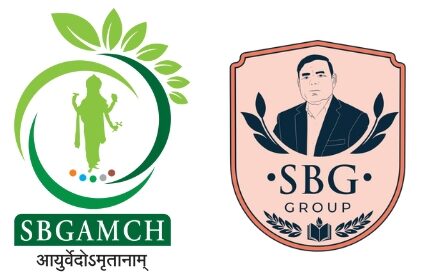What is Oil Pulling?
Oil pulling is an ancient practice from Ayurveda. It involves swishing oil in your mouth for a set time. Many people use it to support oral health. In Ayurveda, oil pulling is called “Kavala” or “Gandusha.” This method aims to remove toxins and improve well-being. Today, oil pulling is gaining popularity worldwide. People often use coconut, sesame, or sunflower oil for this practice.
Benefits of Oil Pulling
Many claim that oil pulling offers several health benefits. Let’s look at some evidence-based advantages:
However, more research is needed to confirm all these benefits. Still, many people find oil pulling helpful for daily oral care.
How to Practice Oil Pulling
Oil pulling is simple to do at home. Follow these easy steps:
For best results, practice oil pulling once daily, preferably in the morning before eating. Some people start with 5 minutes and slowly increase the time.
Safety and Side Effects
Oil pulling is safe for most people. However, there are some things to keep in mind:
If you notice any discomfort, stop and talk to a healthcare provider. Oil pulling should not replace regular brushing or dental visits.
Scientific Evidence
Several studies have looked at oil pulling. For example, a 2016 review in the Journal of Clinical and Diagnostic Research found that oil pulling can reduce mouth bacteria and improve gum health. However, the World Health Organization (WHO) and Centers for Disease Control and Prevention (CDC) do not list oil pulling as a replacement for brushing and flossing. More research is needed to confirm all its benefits. Still, oil pulling can be a helpful addition to your oral care routine.
Frequently Asked Questions
Conclusion and Call-to-Action
Oil pulling is an old Ayurvedic practice that may support oral health. While some benefits are backed by studies, it should not replace regular dental care. Always use safe oils and follow the steps carefully. Consult a healthcare professional for personalized advice on oil pulling.


